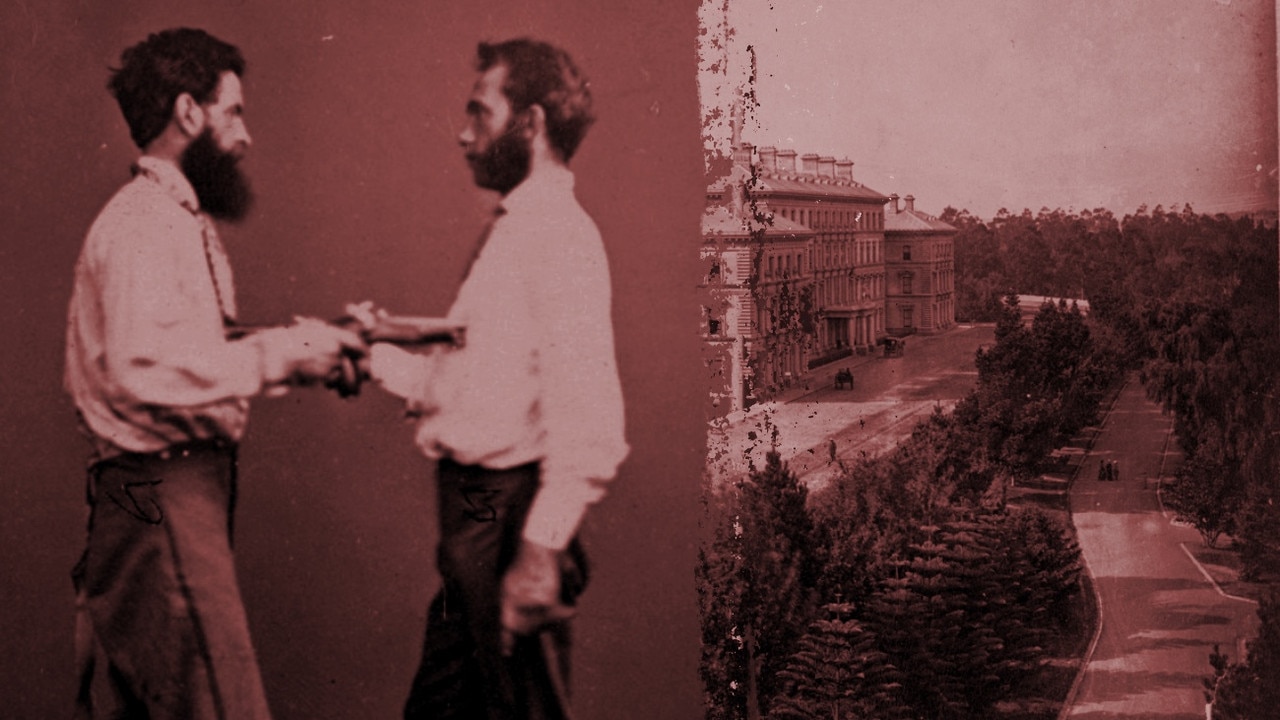From Cook’s Cottage to a little corner shop in the city, these are Melbourne’s oldest buildings
THINK Cook’s Cottage is Melbourne’s oldest building? Experts might beg to differ. Here’s the few structures that survive from our city’s earliest days.
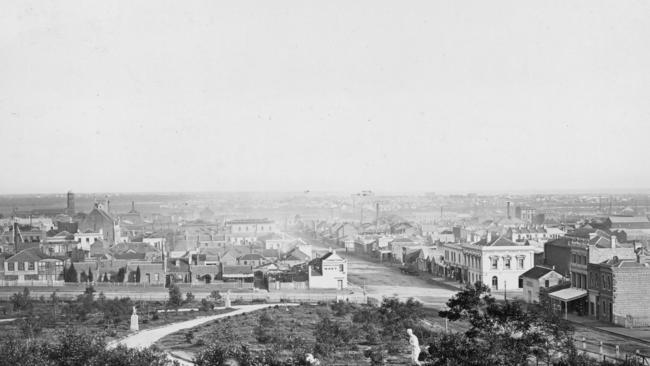
Melbourne
Don't miss out on the headlines from Melbourne . Followed categories will be added to My News.
MELBOURNE is a town marked by a series of booms since John Batman landed on the Yarra’s northern bank in 1835 and declared, “This will be the place for a village”.
The town once known as Bearbrass and Batmania grew slowly until the first strikes of gold in Victoria.
INSIDE THE SLUMS OF 1930s MELBOURNE
Those riches transformed the town and saw an explosion in the population and of grand new Victorian-era buildings that replaced the old, giving Melbourne and air of permanence.
It was the first of many booms that continually reshaped the city but resulted in the loss of most of Melbourne’s earliest architecture.
So what are Melbourne’s oldest buildings?
Surely it is Cook’s Cottage?
Built: 1755 (original site), 1934 (current site)
Many people might say Melbourne’s oldest building is Cook’s Cottage in the Fitzroy Gardens.
But as Richard Broome, Emeritus Professor of History at La Trobe University explains, this notion is “a very odd claim”.
“On its website, it’s claimed as the oldest building in Australia — 1755 is the date they have given — but that’s a bit of a spurious claim because it was re-erected in Australia,” Prof Broome says.

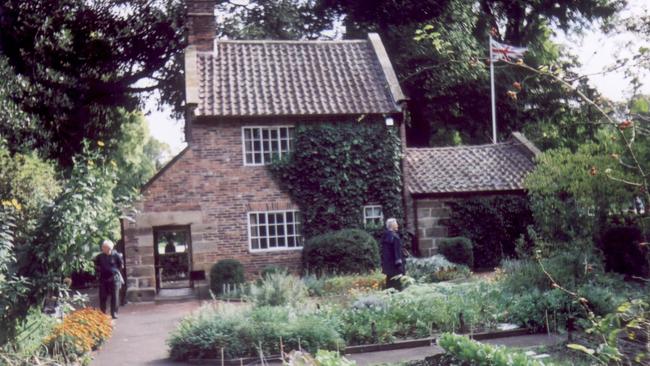
“There were no Europeans in Australia to build such a building in 1755. It was brought here in 1934 for the centenary of Victoria’s European discovery down at Portland in 1834.
“(Businessman) Sir Russell Grimwade decided to bring Cook’s parents’ cottage from Yorkshire and put it in the Fitzroy Gardens, rebuilt brick by brick.
“It’s an interesting artefact and it gets a lot of visitors, but to say it’s Australia’s oldest building is a bit weird.”
HOW OUR MOST-LOVED FOODS WERE BORN
St James’ Old Cathedral
Built: 1839 (original site), 1914 (current site)
The next oldest building is St James’ Old Cathedral, Melbourne’s first Anglican cathedral, but it’s no longer at its original site says Prof Broome, a member of the Royal Historical Society of Victoria’s governing council.
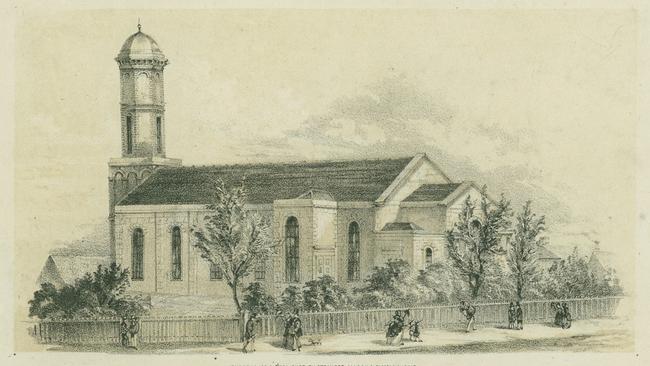
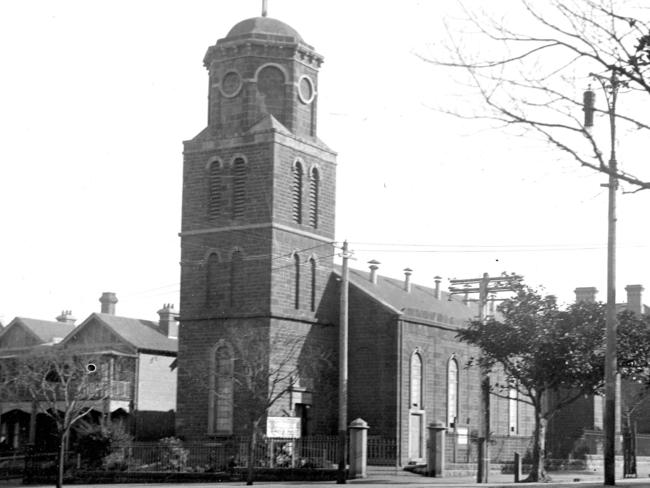

It could claim to be the oldest church in Victoria, with its foundation stone laid in 1839, but it was moved from its original site at the corner of William and Little Collins Streets in 1914, with every brick numbered for reconstruction at the corner of King and Batman streets in West Melbourne, where it remains today.
It moved because St Paul’s Cathedral, at the corner of Swanston and Flinders Streets, took St James’ mantle as Melbourne’s Anglican cathedral in 1891 when it reopened after an 11-year redevelopment, and much of its congregation drifted to St Paul’s.
“St James’ had a drop-off of patronage, and that meant less revenue coming in. By then, it was 60 to 70 years old with fewer people managing those maintenance costs,” Prof Broome says.
“They were going to pull it down, but there were protests from people saying that it was a beautiful building. There was a lot of affection for it because it was the regional cathedral for Melbourne, so they decided to move it.
“It survived 100 years (at the new site) when not many people lived in (central) Melbourne but I believe it has a thriving congregation today that will get even bigger as more people move into the area.”
St Francis’s Church
Built: 1841 (current structure built in 1845)
This leaves St Francis’ Church, Victoria’s oldest Catholic Church, as Melbourne’s oldest building that remains at its original site.
Hemmed in by tall buildings on the corner of Lonsdale and Elizabeth streets, it’s an oasis in Melbourne’s bustling retail heart.
Its foundation stone was laid in 1841, and the new church (which replaced an earlier timber church) opened in 1845.
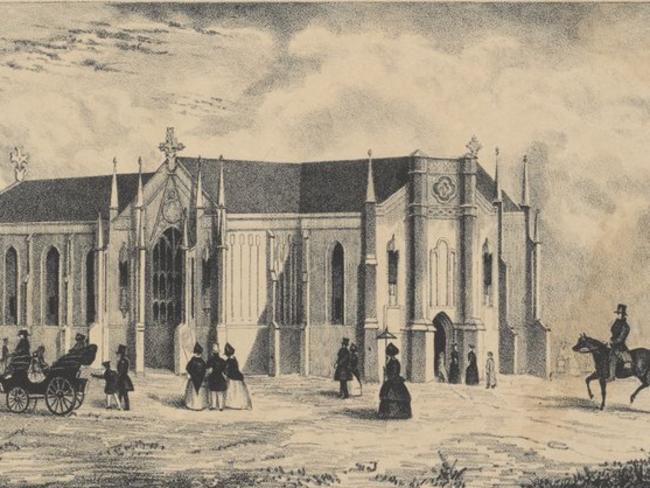
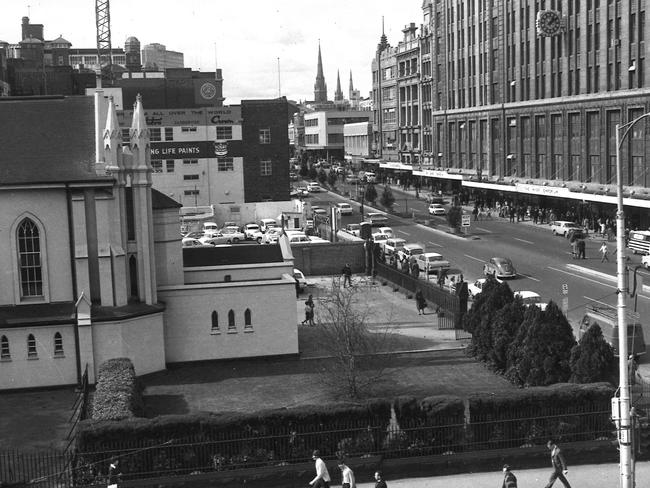
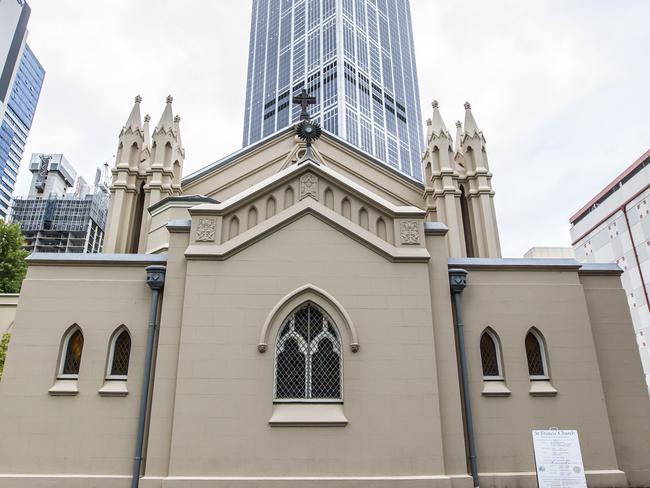
Shop on King St/La Trobe St
Built: 1849
Professor Broome says he knows of only one other pre-gold rush building in Melbourne — a shop on the corner of King and La Trobe streets.
“It’s now owned by Lola and George Russell. They are in their late 80s or early 90s, and it’s a tea room,” he says.

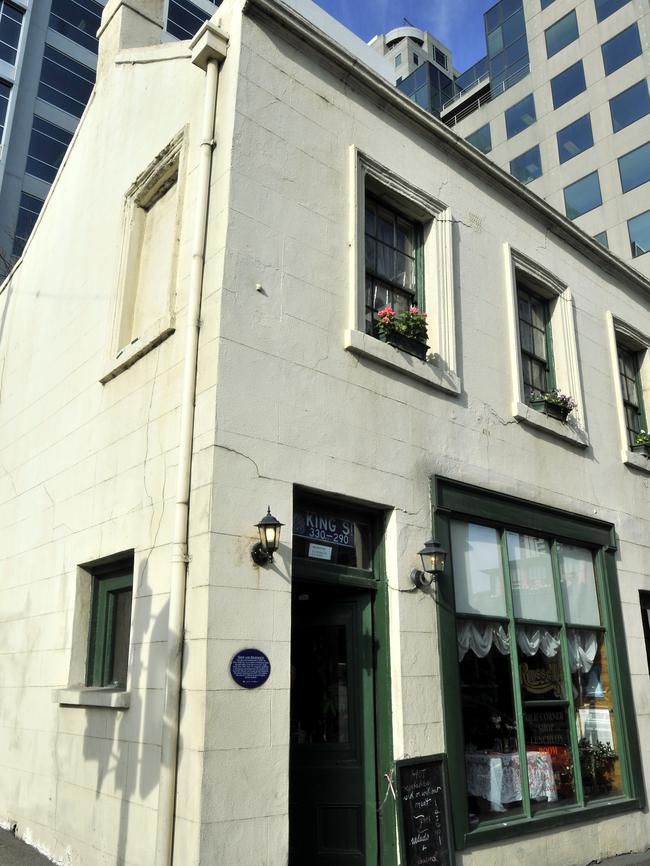
“It was another world with an elderly couple clinging on there, and it’s mostly their residence, but it developed a big crack (in the north-facing wall) a while ago, and I’m not sure what’s going to happen to it.
“It’s a two-storey building. It used to be a furniture shop in the 1870s but it’s supposed to date back to pre-1850.”
What happened to all the original buildings?
Prof Broome says Melbourne’s rapid development since 1835 has caused most of the city’s early buildings to be lost.
“We in the Royal Historical Society did a book a year ago called Remembering Melbourne: 1850 to 1960. This book has got 368 pages … and it has the word “demolished” around 150 times.
“It has pictures and images of a lot of buildings that haven’t survived in Melbourne,” he says.
“Melbourne has gone through a lot of re-buildings. The first 1830s and 1840s buildings were mainly timber, then of course you had massive expansion in the 1850s when Melbourne’s population increased four-fold.”
Then came the land boom of the 1880s, which Prof Broome says coincided with lift technology and raised the value of CBD land because taller buildings — up to nine or 10 storeys high — could be constructed.
Then in the 1930s, true office towers like the Manchester Unity and Century buildings began to spring up, then from the late 1950s the “glass tower” era began with the rise of the ICI Building at the corner of Nicholson and Albert streets.
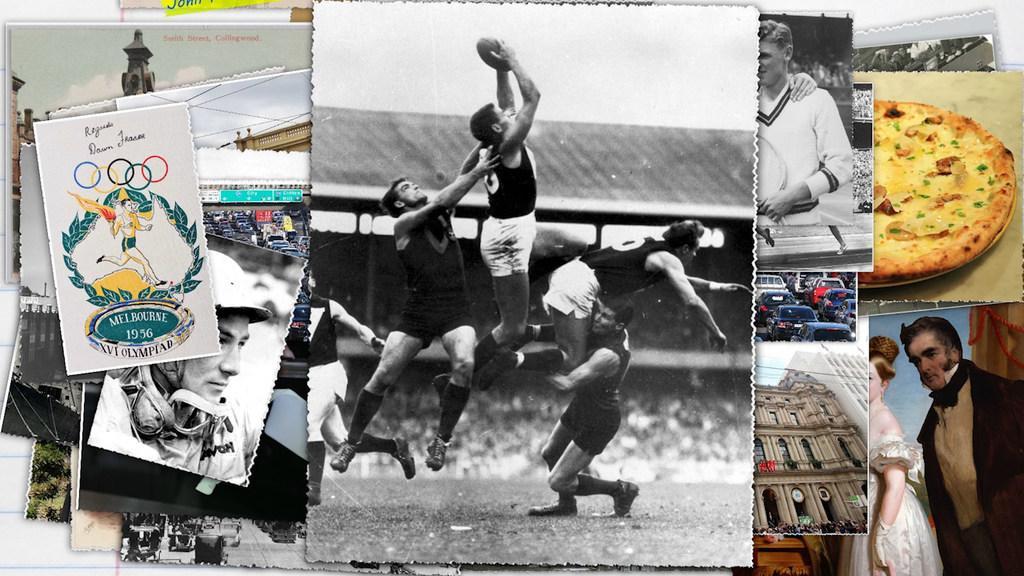
But why didn’t Melburnians respect the city’s early history?
Prof Broome explains: “I think we’re a brash new society that believes very much in progress. It was built from the idea of progress, and it was really only in the 1960s that a conservation movement emerged that gave rise to the National Trust.
“That was fought over changes to Collins Street in the 1960s. People said too much of Collins Street was being lost. There are people still trying to fight rear-guard actions (over new projects) but it’s extremely hard to fight the power of money and development.
“Governments want jobs and renewal, and there has to be renewal because we have 100,000 people coming into the city each year at the moment, but it’s gone to extremes, perhaps.”
Richard Broome is a co-author of the RHSV publication Remembering Melbourne: 1850 to 1960. Price: $35 or $55 with mail delivery within Australia.
@JDwritesalot

